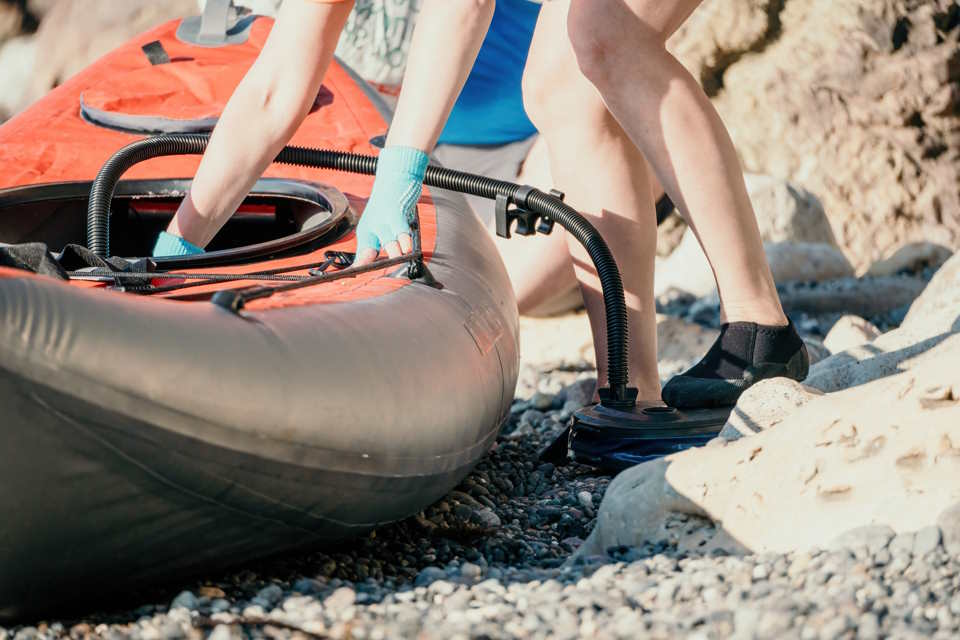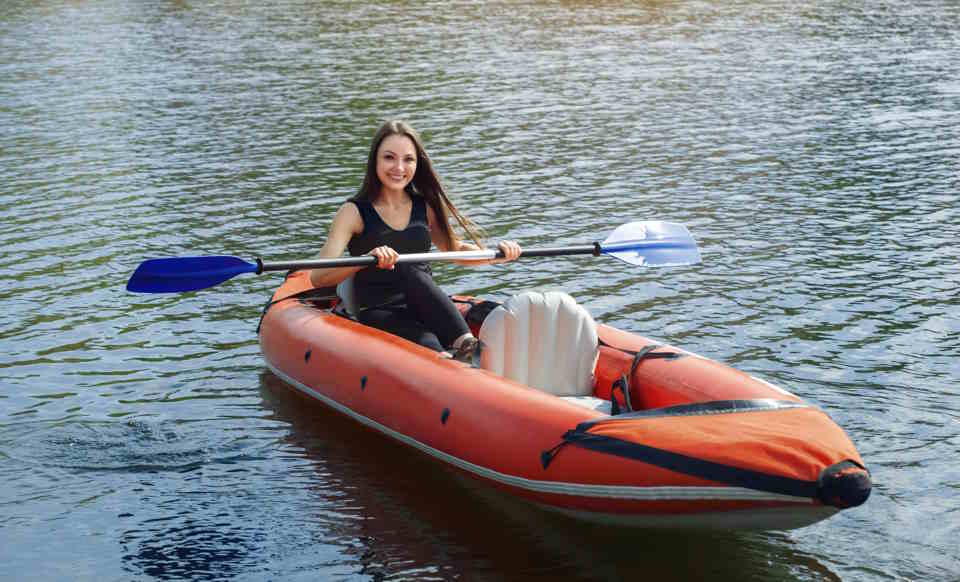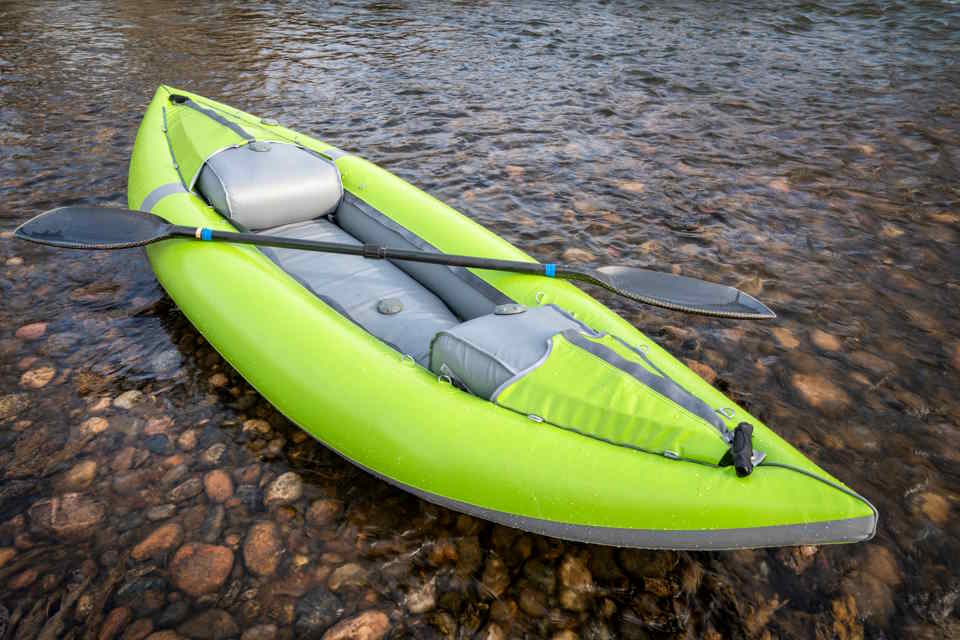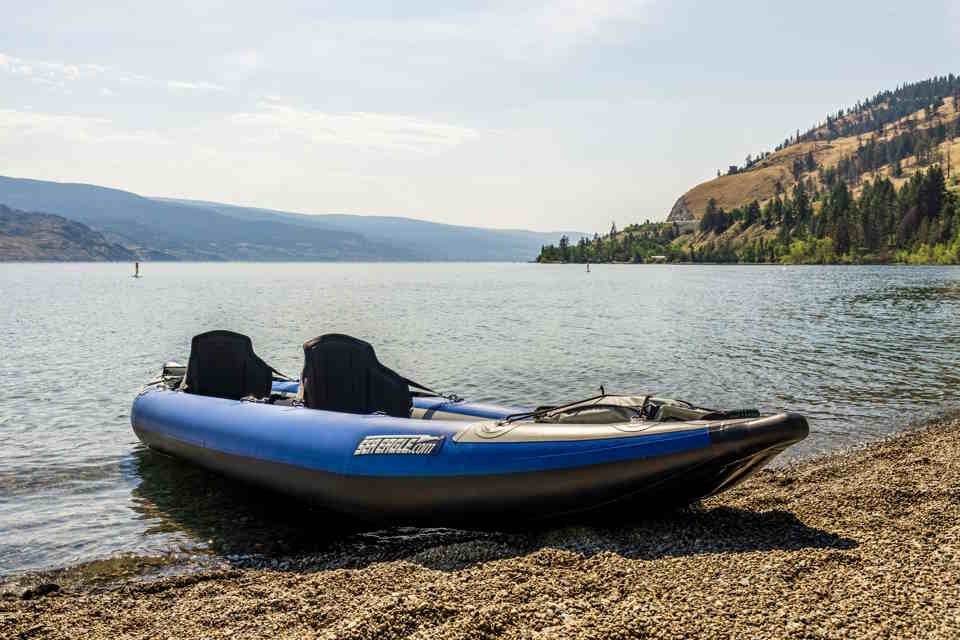Transporting a kayak may seem like a daunting task, but with the right knowledge and preparation, it can be a simple and hassle-free experience. Whether you’re a seasoned kayaker or a beginner looking to explore new waters, knowing how to properly transport your kayak is essential. We’ll cover everything you need to know about transporting a kayak, including the best methods, whether you can transport kayaks without a rack, and tips for transporting a kayak by yourself. So, let’s dive in and discover the secrets of hassle-free kayak transportation!
Introduction
Transporting a kayak can seem like a daunting task, especially if you’re new to the world of water sports. However, with the right equipment and a little know-how, it can be done easily and safely. We will guide you through the process of transporting a kayak, from choosing the right vehicle to securing it on your roof rack.
First and foremost, it’s important to have a suitable vehicle for transporting your kayak. A car with roof racks is the most common choice, as it provides a secure and stable platform for your kayak. Make sure your roof racks are in good condition and properly installed before attempting to transport your kayak.
Once you have a vehicle with roof racks, the next step is to prepare your kayak for transport. Begin by cleaning and drying your kayak to remove any dirt or debris. This not only helps prevent scratches on your vehicle but also ensures the kayak stays in good condition. You can use a mild detergent and water to clean your kayak, making sure to rinse off any soap residue thoroughly.
- Position your kayak on the roof rack in the center, aligning it with the roof racks’ crossbars.
- Secure the front and rear of the kayak to the roof rack using strong nylon straps or ropes. Make sure these straps are tightened securely to prevent any movement or shifting while on the road.
- For added security, you can also use bow and stern lines. These lines attach to the front and back of the kayak and anchor it to your vehicle’s bumpers or tow hooks. This helps to reduce any potential rocking or swaying of the kayak during transportation.
Before hitting the road, it’s essential to double-check that everything is properly secured. Give the kayak a gentle shake to ensure it doesn’t move or shift on the roof racks. Additionally, it’s a good idea to drive at moderate speeds and avoid rough roads or sudden maneuvers to prevent any potential damage to both your vehicle and kayak.
So, whether you’re planning a weekend getaway to a nearby lake or a summer vacation filled with thrilling water adventures, knowing how to transport your kayak safely is crucial. By following these steps and taking the necessary precautions, you can enjoy a stress-free journey and make the most out of your kayaking experience.
Is It Hard to Transport a Kayak?
Transporting a kayak can seem like a daunting task, especially if you’re new to the sport. However, with the right equipment and know-how, it doesn’t have to be difficult at all. In fact, there are various methods and accessories available to make the process much easier. So, if you’re wondering whether it’s hard to transport a kayak, the answer is – it depends. It depends on the method you choose and the equipment you have. Let’s explore some of the different ways you can transport a kayak and evaluate their level of difficulty.
One of the most common methods of transporting a kayak is by using a roof rack. Roof racks are versatile and easy to use, making them a popular choice among kayakers. With a roof rack, you can securely fasten your kayak to the top of your vehicle, ensuring it stays in place during transport. This method requires some lifting and strapping, but if you have a friend to assist you, it becomes much easier. Additionally, using a roof rack allows you to transport your kayak without taking up any interior space in your vehicle.
If you don’t have a roof rack or prefer not to use one, there are alternative options available. One such option is using foam blocks or kayak cradles. Foam blocks can be placed directly on the roof of your vehicle, providing a cushioned surface for your kayak to rest on. By securing the kayak with straps, you can create a stable and secure transport system. Similarly, kayak cradles are specifically designed to hold a kayak securely on the roof of a vehicle. These cradles provide additional support and stability, making it even easier to transport your kayak without a roof rack.
- Roof Racks – Roof racks are a popular and convenient method for transporting a kayak. By using crossbars and straps, you can securely fasten your kayak to the top of your vehicle. This method is relatively easy, especially if you have someone to help you with the lifting and strapping.
- Foam Blocks or Kayak Cradles – If you don’t have a roof rack, foam blocks or kayak cradles can be a great alternative. These accessories create a comfortable and secure surface for your kayak on the roof of your vehicle. By using straps, you can ensure that your kayak stays put throughout the journey.
- Trailers – If you frequently transport kayaks or have multiple kayaks to transport, investing in a kayak trailer can be a wise choice. Kayak trailers are specifically designed to carry kayaks safely and efficiently. They eliminate the need for lifting the kayak onto the roof of your vehicle and provide a more convenient transport method.
What Is the Best Way to Transport a Kayak?
Kayaking is a popular outdoor activity that allows you to explore waterways and enjoy the tranquility of nature. Whether you’re planning a solo adventure or a group outing, one of the important aspects of kayaking is knowing how to transport your kayak safely and efficiently. We will explore the best ways to transport a kayak so that you can get to your desired location hassle-free.
As with any outdoor activity, safety should always be your top priority. When it comes to transporting a kayak, there are several options available depending on your vehicle and personal preferences. One of the most common methods is using a roof rack. A roof rack provides a stable and secure solution for transporting your kayak. It typically consists of crossbars that attach to your vehicle’s roof, providing a platform to strap your kayak onto. Make sure to invest in a high-quality roof rack that is compatible with your vehicle and capable of safely supporting the weight of your kayak.
If you don’t have a roof rack or if your vehicle is not suitable for one, you can still transport your kayak using foam blocks or kayak cradles. Foam blocks are a budget-friendly option that can be placed on the roof of your vehicle and provide a cushioned support for your kayak. Simply strap the kayak down using cam buckle straps, ensuring it is secured tightly. Kayak cradles, on the other hand, are specifically designed to hold your kayak securely in place. They are often attached to the roof rack or crossbars and provide a more stable and secure transportation method.
How Do You Transport a Kayak by Yourself?
Transporting a kayak can seem like a formidable task, especially if you’re doing it by yourself. However, with the right knowledge and preparation, it can be a relatively simple process. We will explore the various methods and tips for transporting a kayak by yourself.
1. Utilizing a Roof Rack: One of the most common and convenient ways to transport a kayak is by using a roof rack. A roof rack provides a secure and stable platform for your kayak during transportation. To use a roof rack, follow these steps:
- Start by ensuring that your roof rack is properly installed and secure.
- Place a protective cover or foam pads on the crossbars of the roof rack to avoid any potential damage to your kayak.
- Lift your kayak and position it upside down on the roof rack.
- Secure the kayak to the roof rack using appropriately sized straps or ropes. Make sure the straps are tightly secured to prevent any movement.
- Double-check that the kayak is securely fastened before hitting the road.
2. Using a Kayak Trailer: If you frequently transport your kayak and want a hassle-free option, investing in a kayak trailer can be a worthwhile solution. Kayak trailers are designed to transport multiple kayaks securely and efficiently. Here’s how to use a kayak trailer:
- Attach the kayak trailer to your vehicle’s hitch receiver and ensure that it is properly connected.
- Position your kayak on the trailer, making sure it is well-centered.
- Secure the kayak to the trailer using straps or bungee cords, ensuring a tight fit.
- Before setting off, double-check that the kayak is secure and the trailer is properly attached to your vehicle.
3. Utilizing a Kayak Cart: If you need to transport your kayak over shorter distances, such as from your vehicle to the water, a kayak cart can be a handy accessory. Here’s how to use a kayak cart:
- Place the kayak cart near the rear or middle of your kayak.
- Lift one end of the kayak and position it onto the cart’s supports.
- Once the kayak is balanced on the cart, tilt it back slightly to ensure stability.
- Gently push or pull the kayak to transport it to your desired location.
- When reaching your destination, carefully remove the kayak from the cart and proceed with your water adventure.
By following these methods and tips, you can transport a kayak by yourself safely and efficiently. Remember to always prioritize safety and double-check that your kayak is securely fastened before hitting the road.
Can You Transport Kayaks Without Rack?
Many kayak enthusiasts often wonder if it is possible to transport their kayaks without a rack. While having a rack makes the transportation process much easier and more secure, it is not a necessity. With the right tools and techniques, you can safely transport your kayak without a rack.
One of the most common methods of transporting a kayak without a rack is by using foam blocks. Foam blocks are specifically designed to act as a cushion between your kayak and the roof of your vehicle. These blocks can be easily attached to the roof of your car and provide a stable base for your kayak.
Another option for transporting a kayak without a rack is by using a kayak cart. These carts are specially designed to help you transport your kayak from your vehicle to the water. They typically feature wheels and a frame that can support the weight of your kayak, making it easier to move around.
- Ensure that your kayak is securely strapped to the car
- Double-check the straps and foam blocks before hitting the road
- Drive cautiously and avoid high speeds or sudden maneuvers
- Periodically check the straps during the journey to ensure they are still secure
In conclusion, it is possible to transport kayaks without a rack. Whether you choose to use foam blocks or a kayak cart, ensuring that your kayak is securely strapped to your vehicle is of utmost importance. By following the proper techniques and taking necessary precautions, you can safely transport your kayak to your desired destination.










